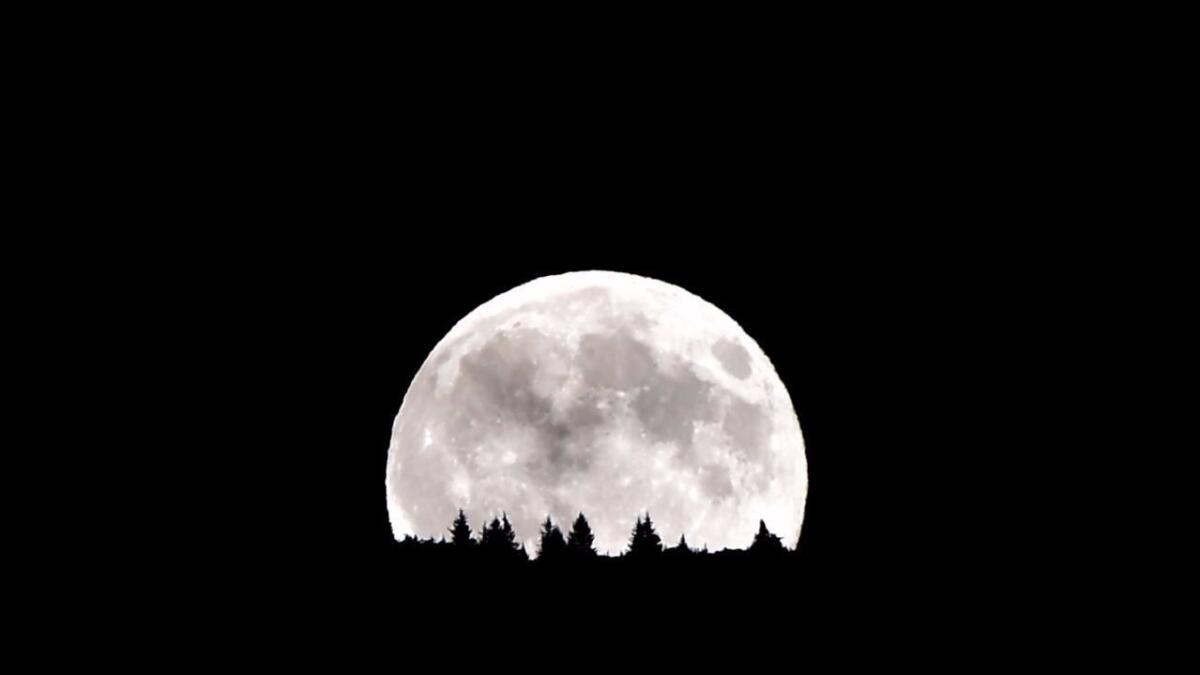Forget about the election for a minute: Thereâs a rare supermoon coming

Thereâs a rare supermoon coming this weekend, and no matter how devastated or thrilled you are by the latest election results, you donât want to miss it.
In the wee hours of Sunday night and Monday morning, the moon will come closer to the Earth than it has in nearly 70 years.
That means those of us who remember to look up will get to see the biggest, brightest lunar disk since January 1948.
The distance between the Earth and moon is in constant flux because of the moonâs elliptical orbit. On average our planetâs only natural satellite is 238,900 miles away.
However, at exactly 3:23 a.m. PST Monday, the moon will be just 216,487 miles from the surface of the Earth â more than 20,000 miles closer than usual. It wonât be that close again until November 2034.
See the most-read stories in Science this hour Âť
Astronomers emphasize that the difference in the moonâs size and brightness may not be noticeable to most sky watchers, and unless you are a die-hard moon obsessive, no reason to get out of bed in the middle of the night..
âI encourage people to go out and take a look, but I wouldnât wake the kids up at 3 a.m.,â said Jim Lattis, director of Space Place, the University of Wisconsin-Madisonâs astronomy outreach center.
Sky & Telescope senior editor Alan MacRobert noted that at its closest, the moon will appear 7% larger and 15% greater in area than average. Because the planet is closest to the sun during the months of November through January, the lunar disk will also appear 16% brighter than an average full moon.
âThatâs not enough to notice unless youâre a very careful moon watcher,â MacRobert said in a statement.
âSupermoonâ is a nontechnical term for a moon that turns full just as it reaches perigee â the point in its orbit when it is closest to Earth.
The phrase was coined by an astrologer â not an astronomer â in 1979. Scientists prefer the term âperigean full moonâ or âperigee-syzygy.â
This celestial phenomenon occurs about once every 14 full moons, but because of a variety of factors, most supermoons rarely occur at such a short distance from the Earth.
Among the reasons this moon will be so close to the planet is that the moonâs orbital extremes are greatest when the Earth is closest to the sun.
Do you love science? I do! Follow me @DeborahNetburn and âlikeâ Los Angeles Times Science & Health on Facebook.
MORE FROM SCIENCE
Dinosaurs and their ancestors lived side by side, fossils show
A small step for monkeys is a giant leap toward helping paralyzed people walk again
Why are we ticklish? Scientists who tickled rats offer an intriguing answer




